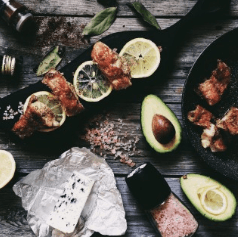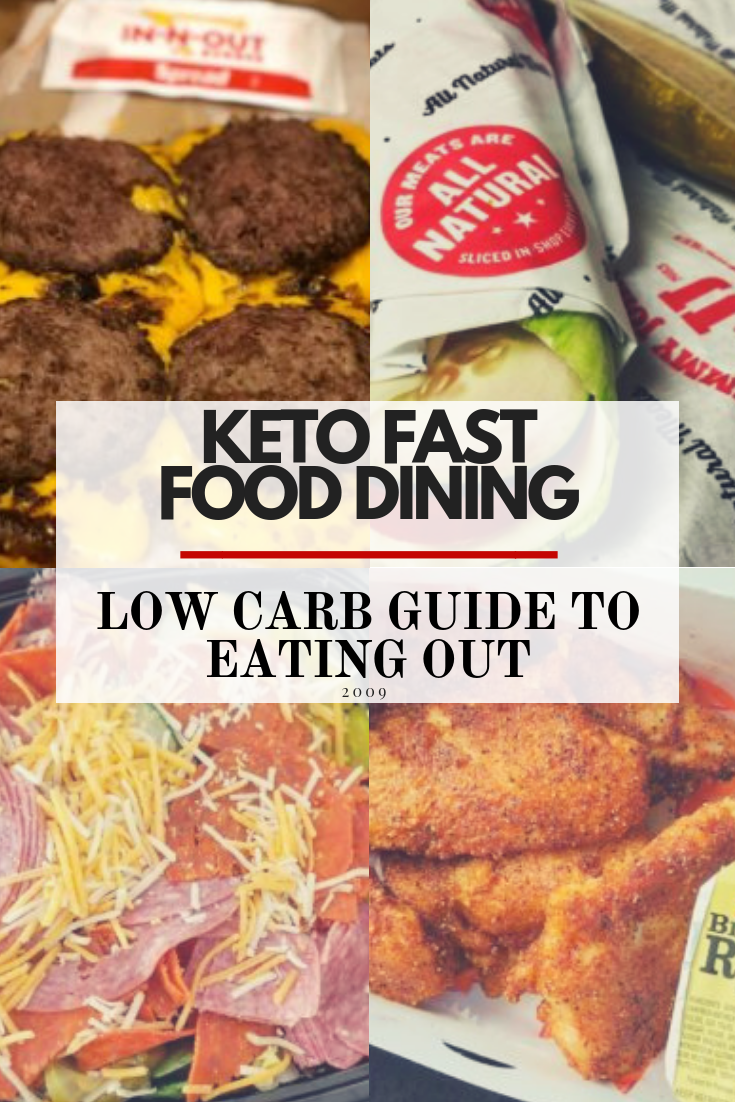How To Calculate Net Carbs
On any low-carb diet, you will be reducing your net carb gram intake. It is important that you understand how to actually count net carbs. First, net carbs are simply the grams of total carbohydrates in a portion of food minus its grams of fiber. Because fiber is a carbohydrate that your body cannot digest, it does not raise your blood sugar levels or trigger an insulin response.
Foods that are low in net carbs, which include nutrient-dense vegetables and fruits, are less likely to interfere with weight loss and do not have a significant impact on blood sugar. Here are a few zero- and low-carb foods to help you get started on understanding why they are often listed as acceptable foods in low-carb diets:
Examples of Zero Carbs
- Beef
- Lamb
- Chicken
- Pork
- Bacon (but avoid the bacon cured in sugar)
- Salmon
- Trout
This post contains affiliate links, which means I may earn some money if you click on one.Read the full disclaimer here.
Related Topics
7 Intermittent Fasting Hacks For Successful Keto
20 Keto Snacks That Cut The Cravings And Help You Lose The Weight
20 Crockpot Keto Meals Perfect For Vacation
Examples of Low Carb Vegetables
- Broccoli – 6 grams per cup or 7 grams per 100 grams.
- Tomatoes - 7 grams in a large tomato, or 4 grams per 100 grams.
- Onions - 11 grams per cup or 9 grams per 100 grams.
- Brussels Sprouts - 6 grams per half cup, or 7 grams per 100 grams.
- Cauliflower - 5 grams per cup and 5 grams per 100 grams.
- Kale - 7 grams per cup or 10 grams per 100 grams.
- Cucumber - 2 grams per half cup or 4 grams per 100 grams.
Examples of Low Carb Fruits
Be careful, as you can see fruits are higher in carbs than vegetables due to their sugar content.
- Strawberries - 11 grams per cup or 8 grams per 100 grams.
- Apricots - 8 grams in 2 apricots, or 11 grams per 100 grams.
- Avocado - 13 grams per cup or 8.5 grams per 100 grams.
- Grapefruit - 13 grams in a half grapefruit, or 11 grams per 100 grams.
You can calculate, for yourself, the approximate number of net carb grams in a low-carb product. First look at the information on the food label:
Total Carbohydrates
- Dietary Fiber
- Sugar alcohol
= Net carbs
Often, the food label will break down carbohydrates into total carbohydrates, fiber, and sugars.
BONUS: Keto Recommendations
As an added bonus, here are some keto products to help you get started:
Dash Rapid Egg Cooker – This is the PERFECT appliance for picky eaters, large families, or those who have busy schedules. Hard-boiled eggs, soft boiled eggs, poached eggs, scrambled eggs, individual omelets, and all within minutes of the push start button – it couldn’t be easier!
Perfect Keto Chocolate Exogenous Ketones – Perfect Keto exogenous ketones get you in ketosis. Our beta-hydroxybutyrates (BHB) formula was designed for those on a ketogenic diet, or others who may struggle to get back into ketosis after eating carbs. Perfect Keto raises blood ketone levels, improving athletic endurance, mental performance, and energy levels.
Perfect Keto Ketone Testing Strips – Quick easy and reliable urinalysis testing for ketosis after you have had a keto snack or other keto products. Easy for on-the-go testing analysis after keto diet supplements or low carb food.
Keto Made Easy: 100+ Easy Keto Dishes Made Fast to Fit Your Life – Everything can be made keto! That’s the message that food bloggers Matt Gaedke and Megha Barot want to deliver with their new book, Keto Made Easy. No more missing out on classics or favorite dishes, no more added costs with exotic new ingredients—in Keto Made Easy, Matt and Megha show you how to re-create non-keto recipes in easy, cost-effective, and delicious ways.
Top Posts
56 Insanely Delicious Fat Bombs Recipes for Keto & Why You Need Them
8 Charts That Will Turn You Into a Keto Expert
200+ Cheap and Easy Keto Recipes
30+ Beautiful & Trending Spring/Summer Outfits You Need To Get Right Now
Total carbohydrates combine all of the carbs and include fiber, sugars, starches, sugar alcohols and glycerin. The label will show the amount found per serving and is measured in grams. They are found in starches, vegetables, fruits, sweets, and milk.
Dietary fiber is the amount of indigestible or partially digestible bulk from plant foods like fruits, vegetables, whole grains, oats, nuts and seeds and is measured in grams.
Sugar alcohols are found most often in foods labeled “sugar-free,” including candy, cookies, chewing gums, and soda, but have recently become popular in packaged health foods. Sugar alcohol gets its name from its molecular structure, which is a hybrid between a sugar molecule and an alcohol molecule. Biochemically speaking, sugar alcohols are structurally similar to sugar but are either poorly digested or poorly metabolized.
Sugar alcohol has grown in popularity as a sugar replacement in foods because they contain few calories, have a minimal impact on insulin levels, and are safe for those with diabetes
Here’s a list of some popular sugar alcohols so you can identify them when you look at a nutrition label:
- Erythritol
- Maltitol
- Hydrogenated starch hydrolysates
- Isomalt
- Lactitol
- Mannitol
- Sorbitol
- Xylitol
It can be confusing, at first, when trying to calculate net carbs on your own, but now that you have the basic information you can practice it at home first. Soon you will be confident in your ability to count net carbs during your next trip to the grocery store.



